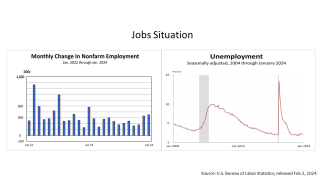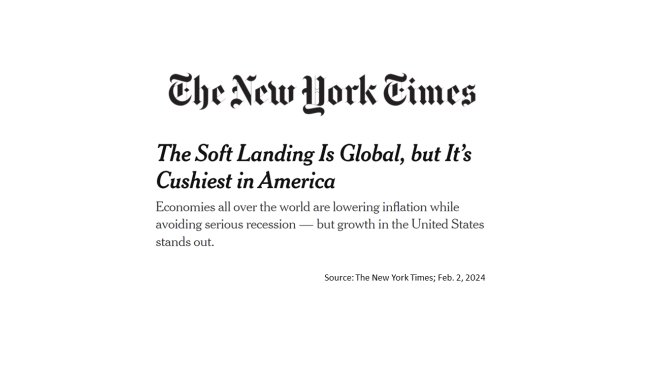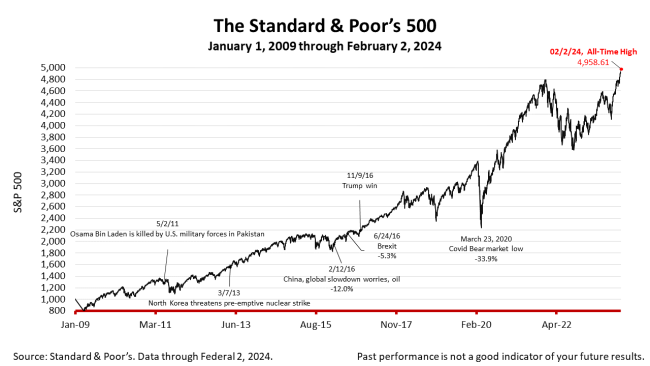
Why America Is The World’s Economic Leader
The U.S. created 353,000 net new jobs in January, twice the number expected by Wall Street and far exceeding the 255,000 averaged monthly in the 12 months through January. Since the pandemic forced a partial shutdown of the economy in February and March, when the economy lost more than 20 million jobs, new-job creation has repeatedly surpassed expectations and unemployment for the past two years has hovered at a 50-year low.
In addition to much stronger than expected job creation in January, the federal government revised job gains in December upward from 216,000 to 333,000, dispelling any notion that the job situation was weakening. Rather, it’s accelerated.
Stronger-than-expected job creation adds to the total number of employed workers, permanently boosting income and spending of the consumer-driven economy. Interest rates are more likely to remain high elevated compared to the past 20 years.
Lending rates on mortgages, cars, and business growth were hiked 12 times from April 2022 to July 2023 in the biggest inflation threat experienced in four decades. The campaign against inflation by the Federal Open Market Committee (FOMC), a 12-member committee empowered by the Federal Reserve Bank is more likely to hold lending rates steady until its June 12 meeting.
Demonstrating why America is the world’s largest and dynamic economy, the U.S. is growing faster than other large economies. As inflation weakens across the world, the U.S. “stands out for its surprising strength,” The New York Times reported today. Large free economic powers — United Kingdom, Germany, and Japan — are expected to grow half as fast as the U.S. in the next 12 months.
The International Monetary Fund, projects the U.S. will grow 2.1% in 2024, while European Union (EU) nations will grow 0.9%
Despite political polarization, Russia’s threat to EU, nuclear risks posed by Iran, North Korea, and China’s expansionist policies, the America system remains exceptional among the world’s nations.
The Standard & Poor’s 500 stock index closed Friday at 4958.61, rising +1.07% from Thursday and +1.38% from the close one week ago. The index is up +121.62% from the March 23, 2020, bear market low.
The Standard & Poor's 500 (S&P 500) is an unmanaged group of securities considered to be representative of the stock market in general. It is a market-value weighted index with each stock's weight proportionate to its market value. Index returns do not include fees or expenses. Investing involves risk, including the loss of principal, and past performance is no guarantee of future results. The investment return and principal value of an investment will fluctuate so that an investor's shares, when redeemed, may be worth more or less than their original cost. Current performance may be lower or higher than the performance quoted.



